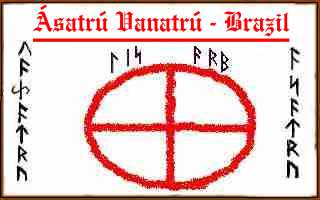
next
Many of us are familiar with J.R.R. Tolkien's Lord of the Rings and Wagner's The Ring of the Nibelung, but we are not familiar with the sources used to create them. Norse mythology, which both of these works developed from, is filled with pagan customs and contains many wonderful and eerie stories.
Tolkien was very well acquainted with Norse mythology, as can be seen by the use of it in his books. The name of one of his main characters, Gandalf, is found in The Poetic Edda, one of the main sources of Norse mythology. Gandalf is, in some ways, reminiscent of Odin, a major Norse god. Even the name Middle-earth, the setting for Tolkien's The Lord of the Rings, comes from Norse mythology.
Wagner also referred to Norse tales. When he composed The Ring of the Nibelung, he combined the Norse The Saga of the Volsungs with the German epic The Nibelungenlied. Wagner relied less heavily on the The Nibelungenlied than some believe, and instead turned to the more pagan Volsung saga.
There are many ways to spell the names of the gods and goddessess. I have chosen the most common. In some places I have supplied alternative spellings in parentheses. I have also supplied some translations in brackets. These are mainly from Hollander's The Poetic Edda.
This FAQ is intended to provide basic information. For a more in- depth look at Norse mythology, please refer to the listed sources.

| Site Map |
� 1996, Nicole Cherry
